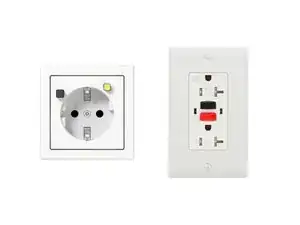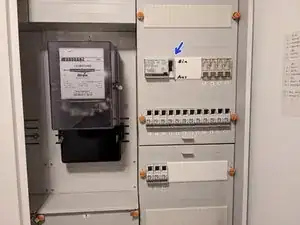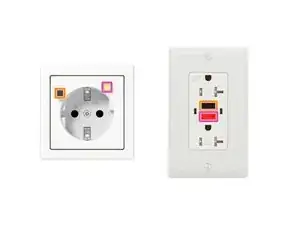Introduction
A GFCI(Ground Fault Circuit Interrupter) or RCD(Residual Current Device) is a safety device designed to protect people from electrical shocks caused by ground faults. Ground faults occur when electrical current escapes from a circuit and flows through a person's body to the ground. RCDs work by detecting this leakage and quickly shutting off the electricity to the circuit.
Testing your RCD is an important step in ensuring its proper functioning and your safety. There are two commonly used methods for testing a RCD: Using the test button on the RCD or using a Duspol to apply a load between PE(ground) and L(phase conductor).
While using the test button on a RCD is a quick and easy way to test its functionality, it may not always be enough to ensure its proper operation. The test button on a RCD simply simulates a ground fault by creating an imbalance between the incoming and outgoing currents on the circuit. This test verifies that the RCD can detect a ground fault and trip the circuit, but it does not confirm that the RCD can handle a real ground fault.
By using a Duspol or any other device to apply a load between L and PE, you are simulating a real-world scenario where a ground fault occurs. This test verifies that the RCD can detect and trip the circuit when a person comes into contact with the current and provides a path to the ground. This test also helps to verify that the RCD is providing the required level of protection to prevent electrical shocks.
In this guide, we will walk you through both methods and explain the steps you need to follow to test your RCD. By the end of this guide, you will have a clear understanding of how to properly test your RCD and ensure its reliable performance, helping you stay safe from electrical hazards.
Warning
If your RCD covers your whole house, your whole house will lose power while you test it. Make sure that you don't have anything important, like a data transfer on your PC, running while you perform this test.
Tools
-
-
Press the test button.
-
To turn your power back on, you'll need to flip the lever back up, or press the reset button.
-
Have fun and be safe!







